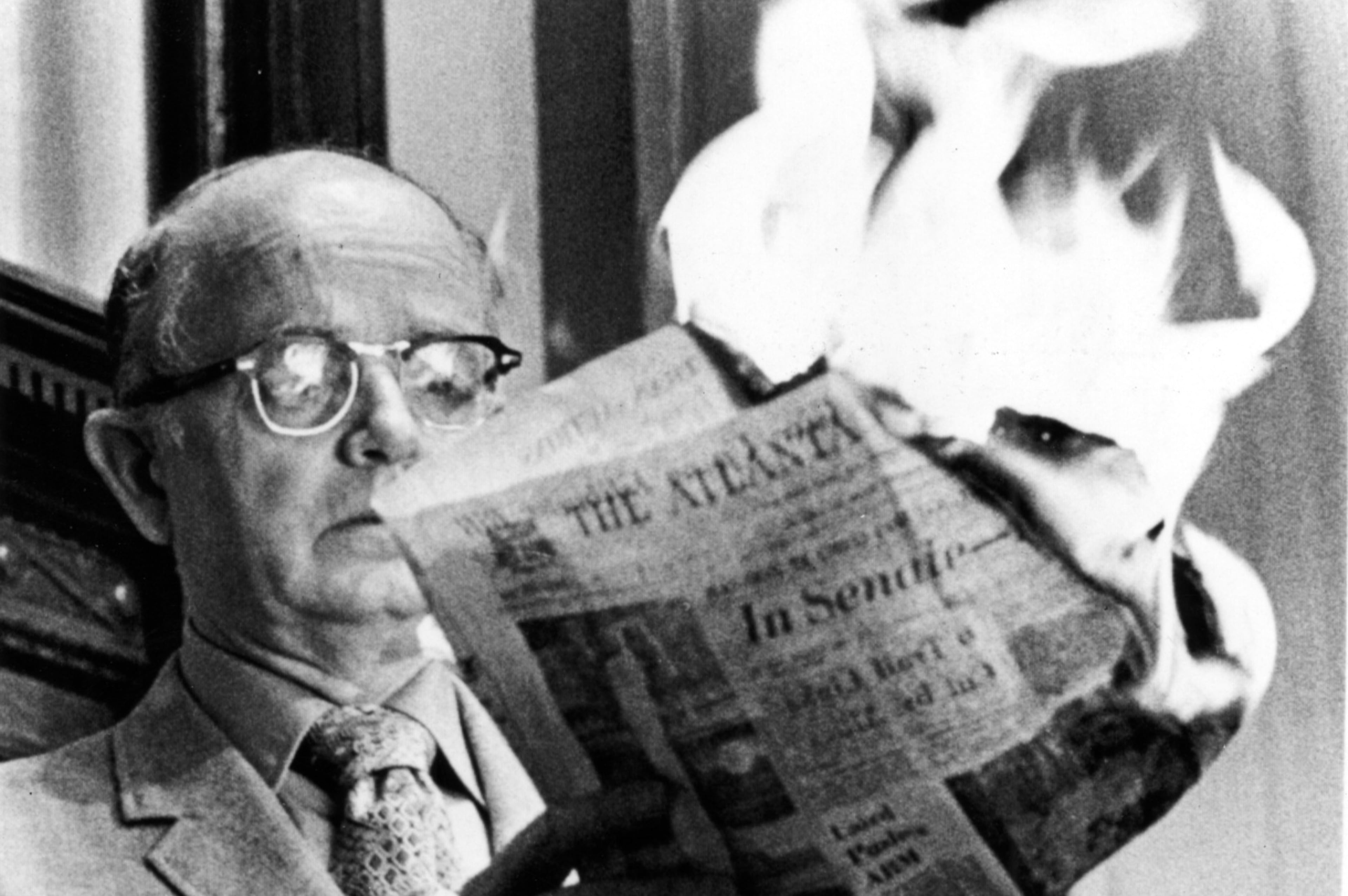Incentives for Atlanta Gulch project pitched at Amazon could top $1 billion
The city of Atlanta and the developer of downtown’s Gulch are negotiating a potential 10-figure incentive package for a mini-city pitched as a possible second headquarters site for Amazon, The Atlanta Journal-Constitution has learned.
An undated document obtained by the AJC and Channel 2 Action News outlines proposed public financing of $900 million for a $3.5 billion development that includes office towers, apartments, retail and hotels on a newly created grid of downtown streets.
The public financing could climb to $1.75 billion if developer CIM Group’s project meets its full potential of $5 billion in new construction, the document shows. Financing costs could push the figure even higher.
Even on the low end, the proposal would be unprecedented in the city’s modern history, surpassing the projected $700 million in long-term public investment in Mercedes-Benz Stadium.
Today, the Gulch is an eyesore — a weedy stretch of rail lines and parking lots between the Five Points MARTA station and Philips Arena. Whether Atlanta wins Amazon or not, revitalization of the Gulch could bring tens of thousands of new jobs to a vacant swath of the central city that has vexed leaders for decades.
The site generates little if any tax revenue today, and upon completion and repayment of bond debt, the city, Fulton County and Atlanta Public Schools combined could reap tens of millions of new tax dollars annually, the document said. Under the structure, new revenue from the site would pay off the debt first, but the payoff of a broader tax base for the city will still be decades away.
The city, county and schools to date have not held public hearings on the proposal. Last week, city Chief Financial Officer Roosevelt Council said Mayor Keisha Lance Bottoms’ office intended to bring Gulch legislation before council for a vote Aug. 20.
But on Monday, the council’s finance committee signaled they would delay expected consideration of the legislation at their Wednesday work session until Aug. 21, meaning the matter will not likely receive a full council hearing until September.
Four council members contacted by the AJC said they had not been informed of the potential value of the incentive package.
City Council President Felicia Moore said the administration’s proposed timeline “is very aggressive,” and she said the chamber deserves a full vetting of the deal before moving forward.
“The council has every right to know all pieces involved in this,” Moore said.

Finance Executive Committee Chairman Howard Shook said council members are feeling rushed.
Shook said city leaders know it will require “heroic measures” to tempt a developer to revitalize the Gulch, but he said the proposal might be too costly.
“My guess is 15 council members will have 15 different definitions of what is too much,” he said.
Councilman Michael Julian Bond, who serves citywide, said the time has come for the Gulch to be redeveloped.
“I don’t know how quickly this developer will get off the ground, but we want to be supportive and create the seed conditions for them to be successful,” Bond said in an interview last week.

Bottoms’ office did not make the mayor or other officials available for an interview.
After the AJC contacted her office about the potential Gulch price tag, Bottoms’ office issued a news release touting the development.
“At roughly the equivalent of thirty football fields, this will be the largest development of its kind in Atlanta’s history and in the entire Southeast,” said Mayor Bottoms in the release. “Our Administration is proud to help make this a reality.”
City, county, schools must sign off
As proposed, the plan would also require approvals by APS and Fulton commissioners.
Infrastructure for the project would be extensive, including building a street grid some 40 feet above rail lines to ensure the free flow of freight and MARTA traffic.
Fulton Commissioner Lee Morris said CIM representatives told him they want an extension of the Westside Tax Allocation District (TAD) to help the developers pay for a critical piece of infrastructure — a $400 million platform to extend over downtown rail lines.
Morris said CIM wanted the county, the city and school board to vote on the proposed TAD extension before Sept. 1, but Morris said that was not going to happen.
Los Angeles-based CIM has pursued a project in the Gulch over the past few years. The company was co-founded by Richard Ressler, the brother of Atlanta Hawks lead owner Tony Ressler.
When then-Mayor Kasim Reed and the Hawks agreed in 2016 to a deal to keep the team downtown in a refurbished Philips Arena, Reed said the deal could stimulate $1 billion in new development downtown.
CIM first floated an entertainment district similar to L.A. Live near Los Angeles’ Staples Center or the Battery near the new SunTrust Park in Cobb County. But the concept has since morphed into a possible contender for Amazon HQ2.
Atlanta is on a shortlist of 20 contenders for the project, and Amazon has said it will announce its selection later this year.
The state of Georgia’s bid for the deal is said to include more than $1 billion in incentives, but whether the CIM proposal is included in that figure isn’t known.
CIM proposed more than 9 million square feet of office space, 1,000 residences, 1,500 hotel rooms and 1 million square feet of retail space.
Incentive structure
The proposed public financing would be funded in part by a portion of sales taxes collected within the confines of the development under a new state incentive called an Enterprise Zone.
The other funding stream would come from tax allocation district (TAD) bonds repaid by expected increases to property taxes generated by expected new development.

In June, the AJC first reported discussions between the Bottoms administration and APS to close the Eastside TAD to win the schools' support to extend the life of the Westside TAD to help fund Gulch development.
The city, Fulton and APS, the document states, would net new sales taxes created after the project is fully developed. The document estimates that local governments would see about $17.4 million in new sales taxes upon completion of the project, with $22.3 million in taxes directed to pay off bond debt.
The taxing entities are projected to see new property tax revenues of up to $34.6 million per year after TAD bond debt is repaid in 2048.
Other economic benefits touted by the proposal include an estimated 25,000 to 40,000 new permanent jobs. One-fifth of the 1,000 new proposed housing units would be reserved as “affordable.”
Vincent Fort, a former Democratic state senator who ran for mayor against Bottoms in 2017, said the public costs and benefits of the deal require “more thorough vetting.”
“It’s business as usual. Developers, the wealthy, are getting what they want and working people are getting forced out of the city,” Fort said.
Julian Bene, a board member of Invest Atlanta, the city’s economic development agency, said the potential taxpayer assistance to the deal could top $2 billion, after interest and other factors. New towers built there could be built in other sections of the city without such incentives, creating more tax revenue to tackle affordable housing and other issues, he said.
“Why are we not hearing from progressive and fiscally responsible leaders on this?” Bene said. “Or is it simply we don’t have any progressive or fiscally responsible leaders on council or the school board or the county commission?”
Councilmember Amir Farokhi, who represents Old Fourth Ward and other eastside neighborhoods, said most would agree the Gulch should be revitalized.
“We need to know, in no uncertain terms, the total cost to the City,” he said in an email. “This scale of proposed public investment is massive and hurts our ability to fund vital city services like police and fire, quality sidewalks and roads, as well as park maintenance. Public support of the Gulch redevelopment may very well be the right thing to do. But we can’t make that decision without having the real numbers at hand and properly deliberating.”
Staff writer Arielle Kass contributed to this report.
Other recent major incentive packages
Governments often use tax breaks and other incentives to encourage private-sector investment. Here are snapshots of other recent incentive packages:
Mercedes-Benz Stadium: $200 million in upfront financing for the $1.6 billion stadium. Hotel-motel taxes estimated to total $700 million over three decades are committed to the project.
Philips Arena: $142.5 million in public assistance for a $192.5 million arena overhaul. The Hawks agreed to stay downtown through 2047.
SunTrust Park: Cobb County issued $376 million in bonds for construction, and the county makes annual payments of $22.4 million. The Braves pay Cobb $6.1 million every year toward debt service. Cobb also spends about $1.2 million in annual stadium upkeep. Surrounding infrastructure also cost the county tens of millions more.
NCR: The financial technology giant is eligible for about $61 million in state and local incentives for its new headquarters campus and expansion in Midtown, an AJC analysis in 2016 showed.
Sources: Public records and AJC analysis


